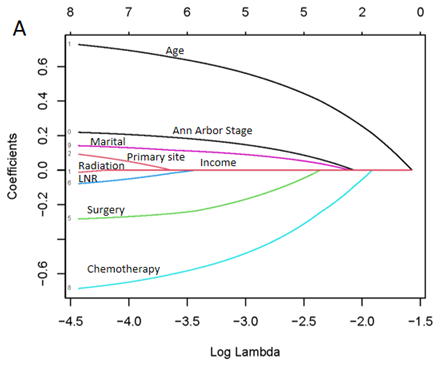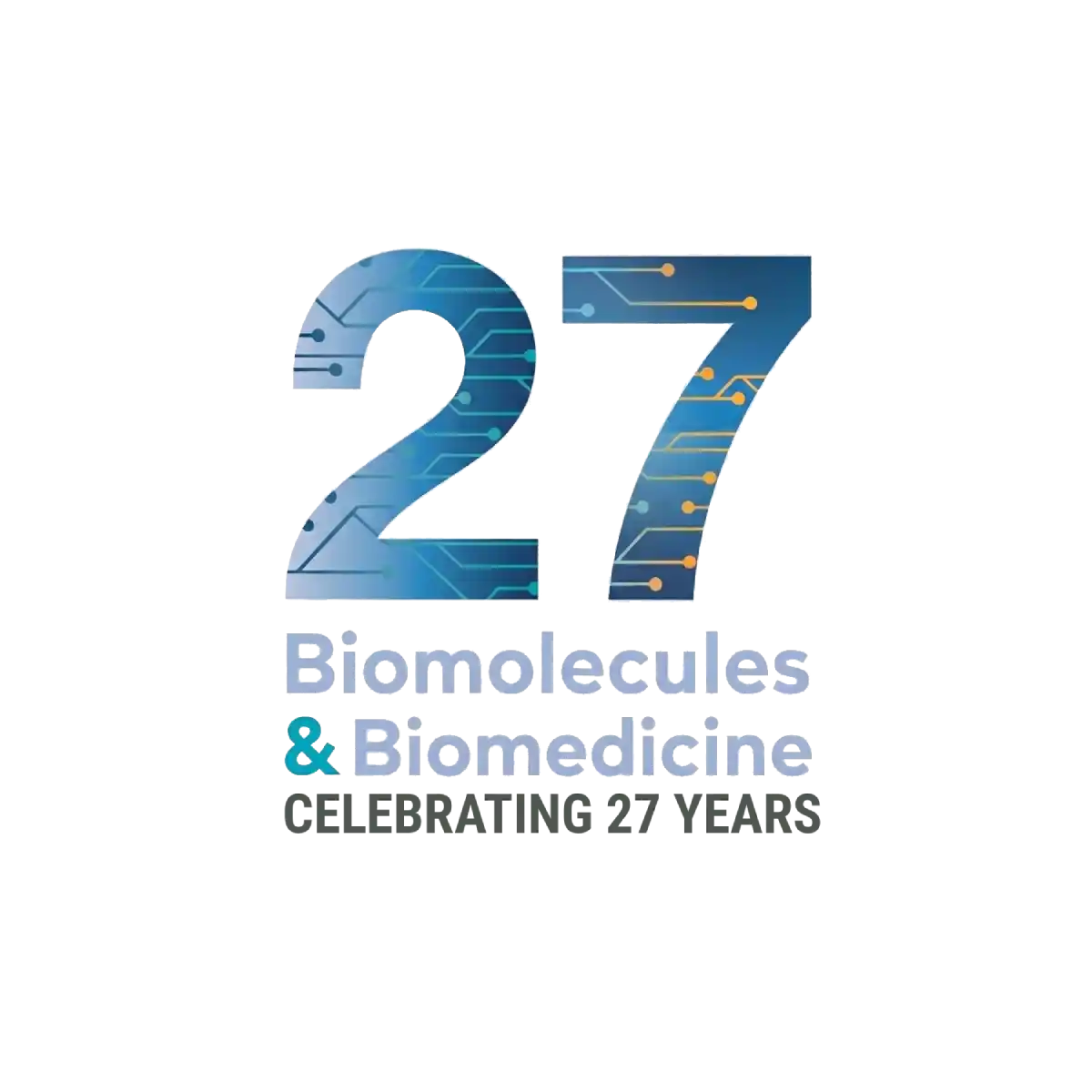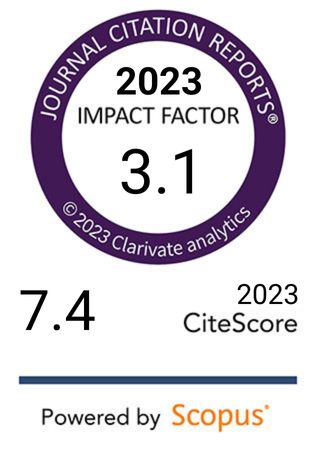Gastrointestinal diffuse large B-cell lymphoma: Clinical characteristics and prognostic analysis from SEER database
DOI:
https://doi.org/10.17305/bb.2025.12697Keywords:
Gastrointestinal diffuse large B-cell lymphoma, SEER database, Prognostic factors, Nomogram, Survival analysisAbstract
This study systematically analyzed the clinicopathological characteristics and prognostic factors of gastrointestinal diffuse large B-cell lymphoma (GI-DLBCL) patients using the SEER database. The Kaplan-Meier method was used to survival analysis, while LASSO regression analysis was utilized to further filter variables. The Pi for interaction was applied to verify the interactions in the multivariate analysis, and total survival risks were distinguished using hierarchical survival curves. Multivariate Cox regression analysis revealed that hazard ratio (HR) values indicated that age over 60 years (HR = 2.85), Ann Arbor stage (stage II: HR = 1.22; stage III: HR = 1.31; stage IV: HR = 1.85), and being widowed (HR = 1.40) were independent poor prognostic factors. In contrast, chemotherapy (HR = 0.37), radiotherapy (HR = 0.84), surgery (HR = 0.86), and lymph node resection (HR = 0.79) were associated with significant survival benefits. Additionally, an intestinal primary site (HR = 0.89), white race (HR = 0.78), and other races (HR = 0.65) were correlated with better prognosis. The nomogram model constructed from these independent prognostic factors demonstrated excellent predictive performance in both the training and validation cohorts, achieving a C-index of 0.71, significantly outperforming the traditional Ann Arbor staging system, which had a C-index of 0.56. Receiver operating characteristic (ROC) curve analysis indicated high discriminative ability for predicting 3-year, 5-year, and 10-year survival rates, with area under curve (AUC) values of 0.746, 0.756, and 0.756, respectively. Decision curve analysis (DCA) further confirmed the model's significant clinical net benefit across a wide range of threshold probabilities. The nomogram model developed in this study, based on extensive SEER database data, effectively predicts the prognosis of GI-DLBCL patients and provides a quantitative tool for individualized treatment.
Citations
Downloads

Downloads
Additional Files
Published
Issue
Section
Categories
License
Copyright (c) 2025 Fang Du, Lingyun Zhou, Runya Fang, Jiao Chen, Danbo Liu, Hongxian Xiang, Wenyi Lu, Jingsong Wu, Haifei Chen

This work is licensed under a Creative Commons Attribution 4.0 International License.









